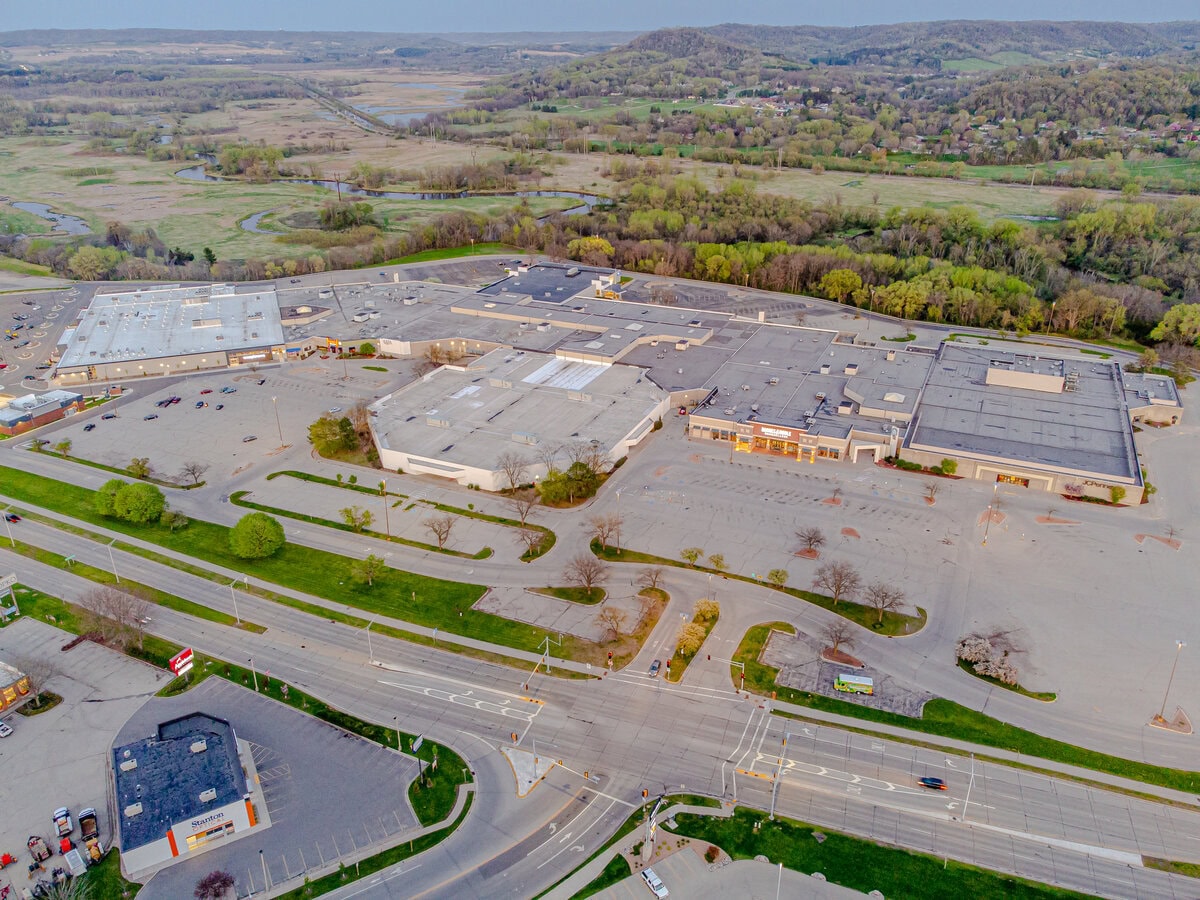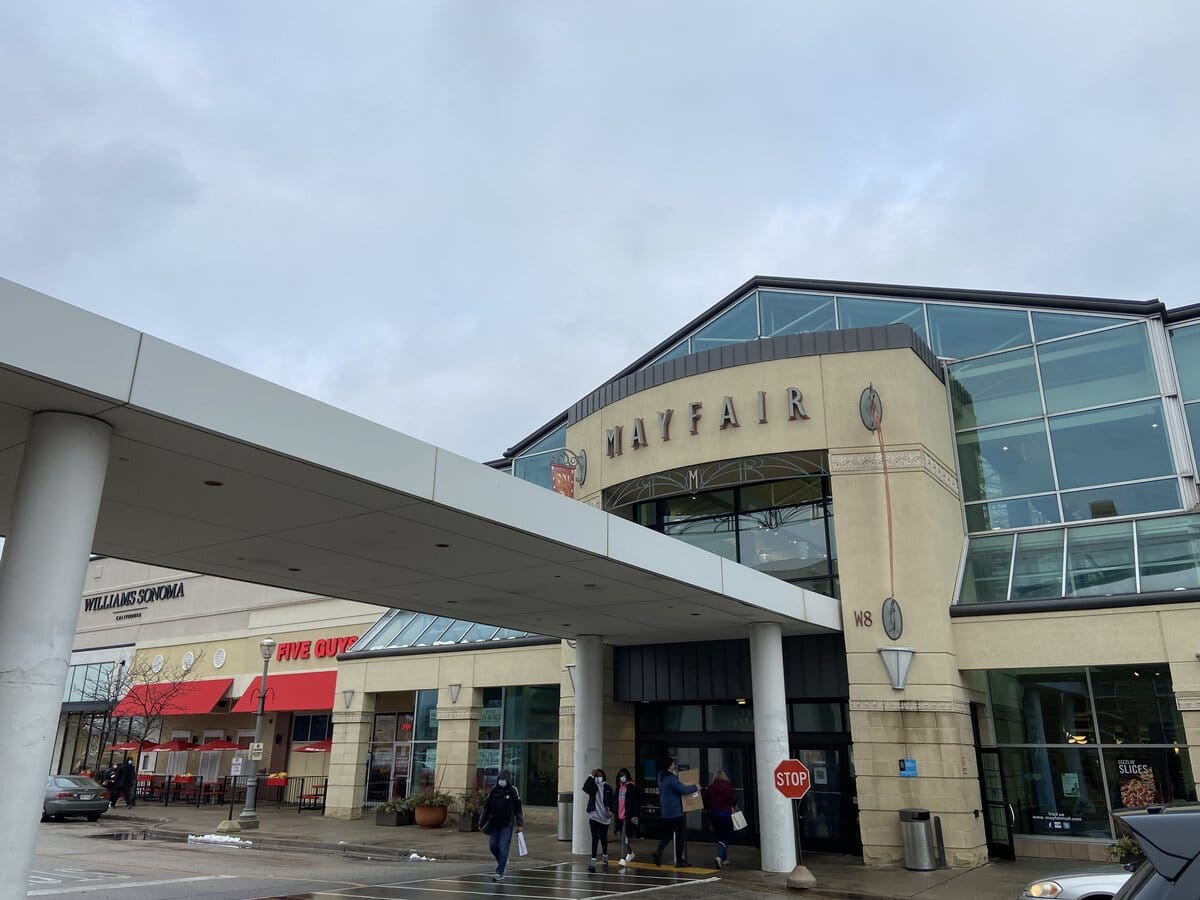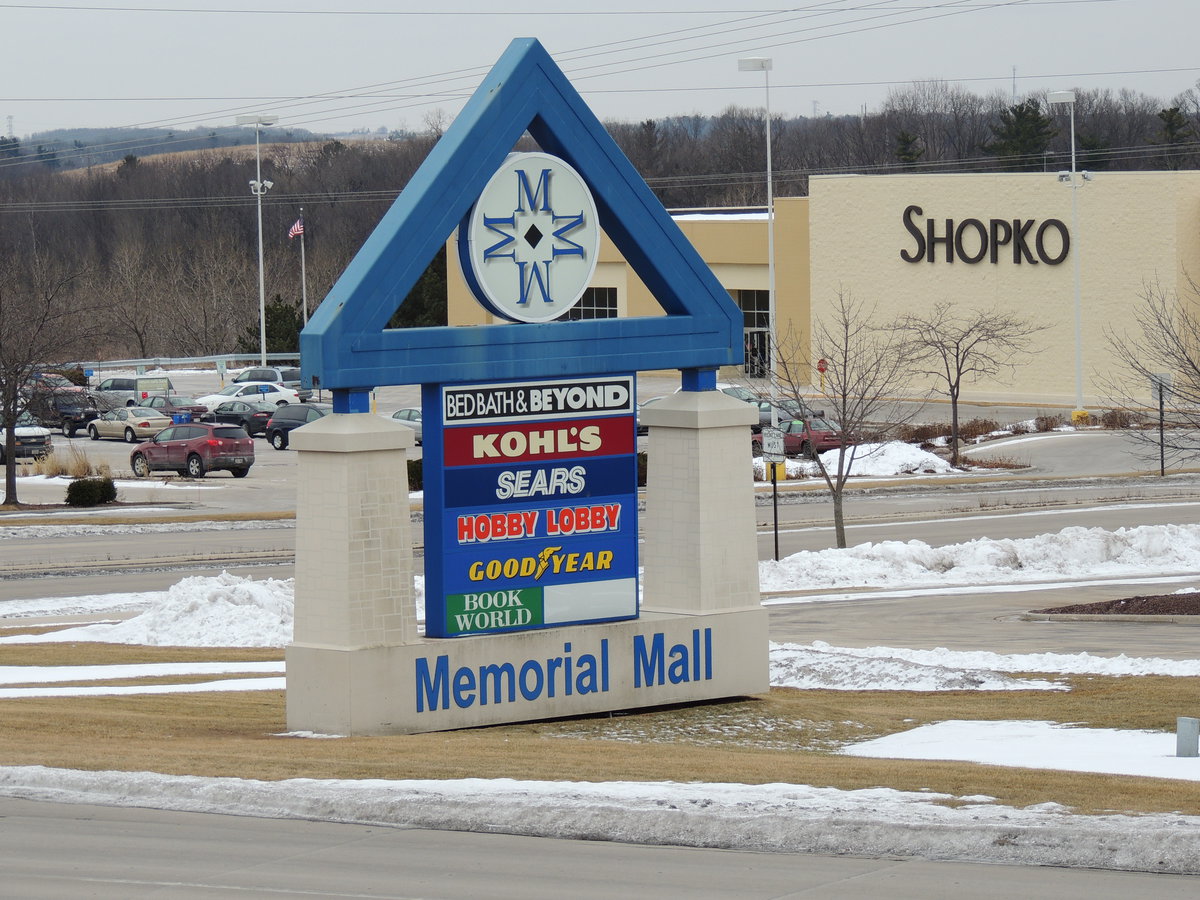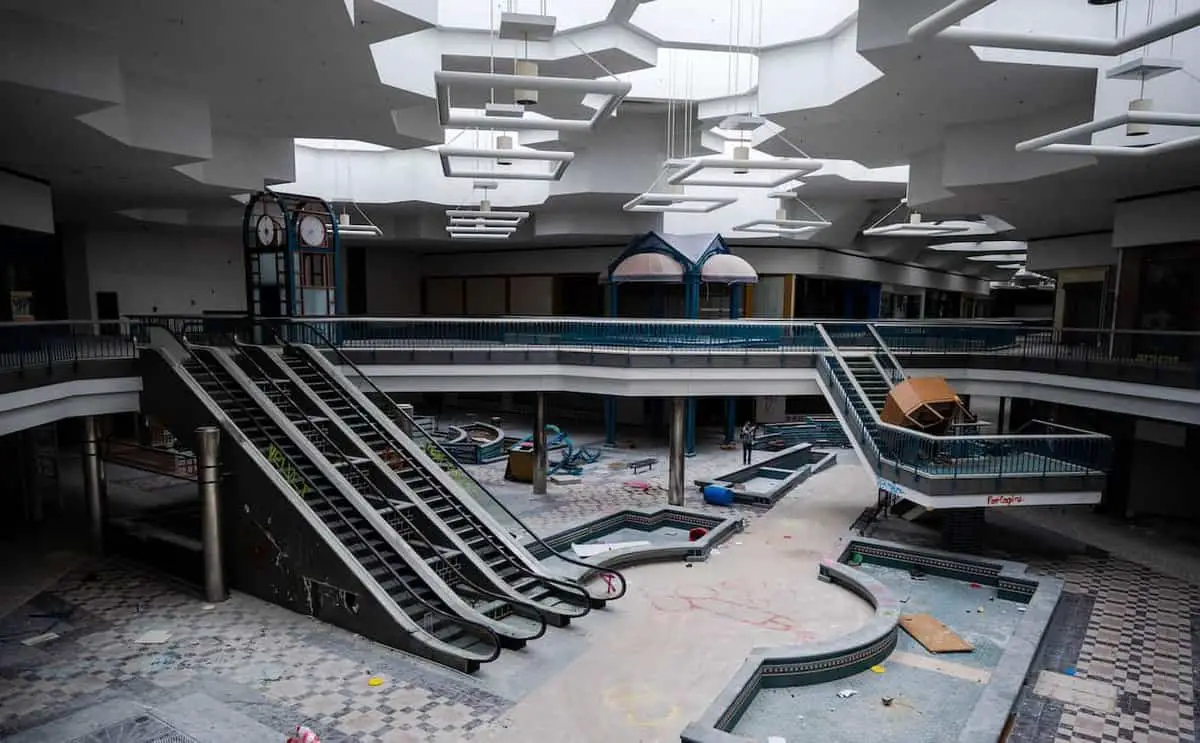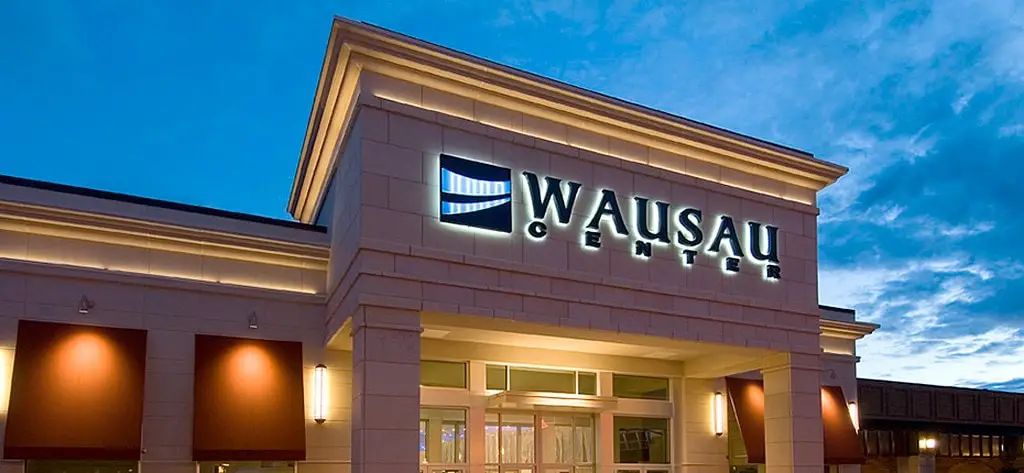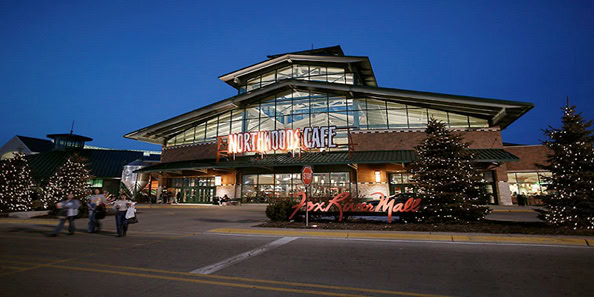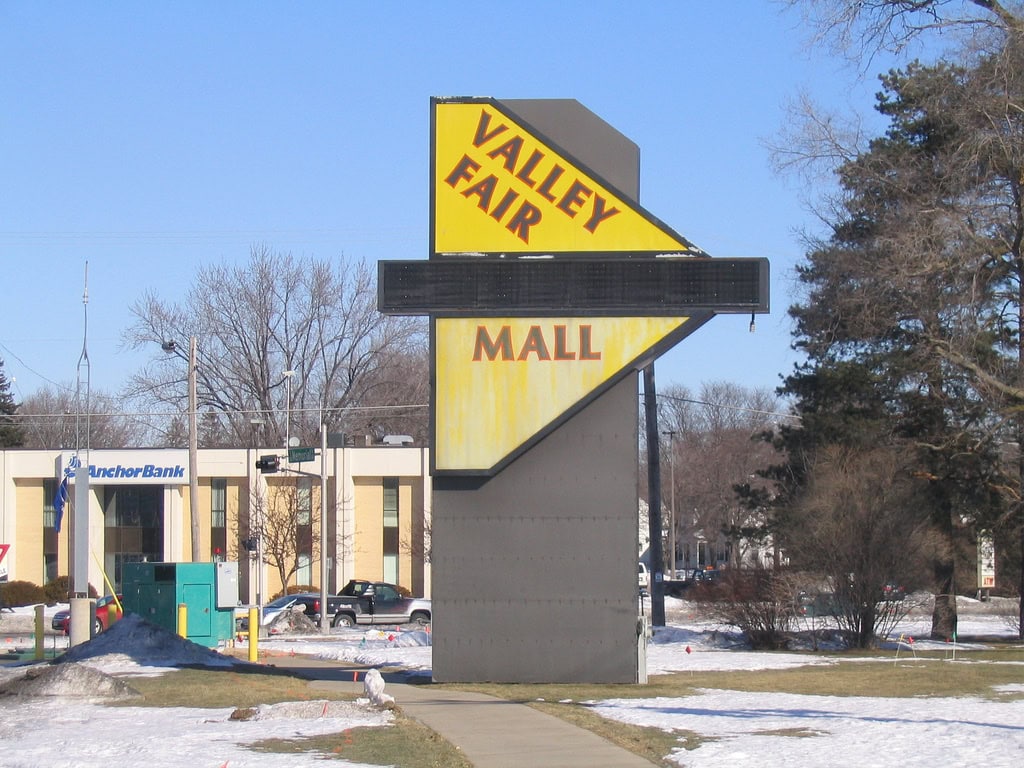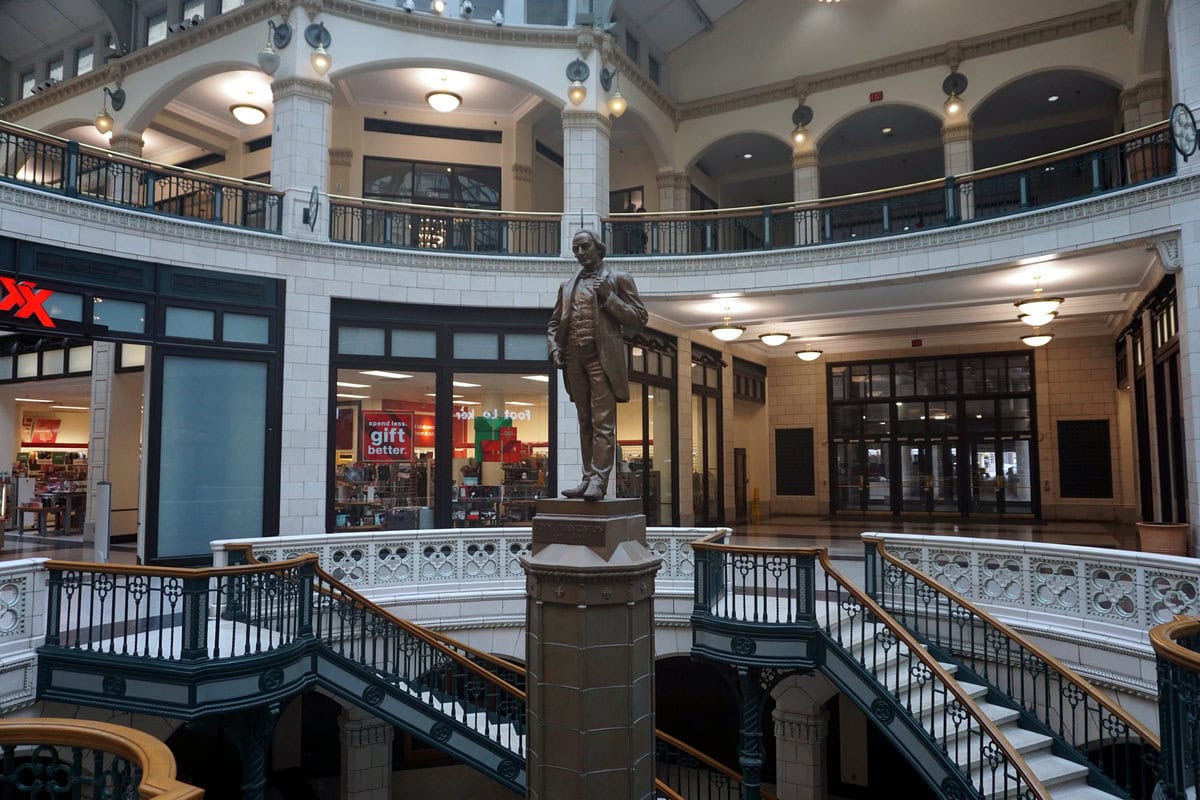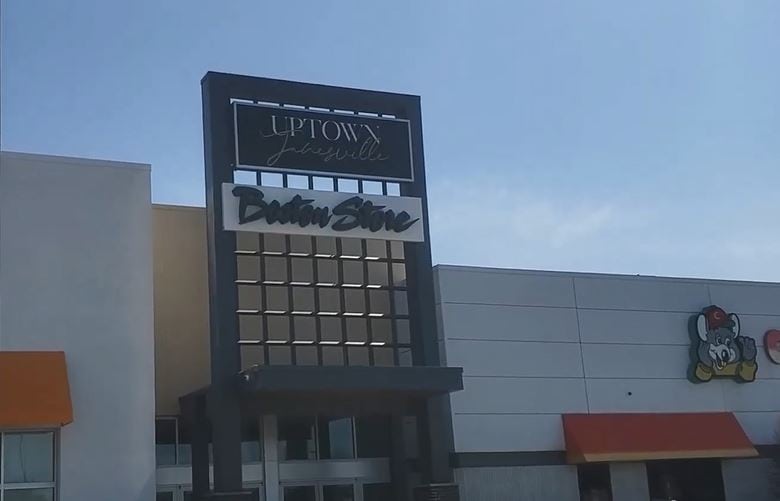The Birth of Southridge Mall
Southridge Mall opened its doors in 1970, bringing a major retail destination to Greendale, a suburb of Milwaukee, Wisconsin.
Developed by Herb Kohl and Taubman Centers, Inc., it was designed as a counterpart to Northridge Mall, which opened the same year on the north side of Milwaukee County.
Southridge quickly established itself as the heart of shopping for the southern Milwaukee suburbs, thanks to its location along 76th Street, near key east-west traffic routes.
When it opened, Southridge Mall featured several large department stores that anchored its retail presence. Gimbels was one of the key anchors, drawing customers in with its broad selection of goods.
Other original stores included JCPenney, Sears, and the Boston Store, each playing an important role in solidifying the mall's early success.
These department stores were crucial in attracting foot traffic, and their variety helped Southridge thrive during its early years.
The mall's original layout, with wide corridors, large retail spaces, and plenty of parking, catered to the shopping experience of the 1970s.
It quickly became more than just a place to shop - it was a community hub where families spent weekends, teens hung out, and visitors found plenty of things to do in Milwaukee, Wisconsin.
Changes in Ownership and Economic Challenges
In 1988, the Kohl family sold their interests in Southridge Mall, marking a major shift in the mall's ownership. Western Development Corporation, a company known for investing in regional shopping centers, acquired the mall.
This transition was part of a broader trend during the late 1980s when family-owned properties were increasingly sold to corporate developers looking to expand their real estate portfolios. As the mall entered the 1990s, it faced new challenges as the retail landscape started to evolve.
During the 1990s and 2000s, Southridge saw a lot of change in its anchor stores. Gimbels, a key original tenant, closed in 1987, and its space was soon replaced by Marshall Field's.
However, Marshall Field's didn't last long either - it was replaced by H.C. Prange Co., which later became Younkers in 1991. These frequent changes reflected broader shifts in department store ownership and consolidation, which were common across the country at the time.
Meanwhile, other stores like Linens' n Things, Steve & Barry's, and Cost Plus World Market also opened but later closed, making way for new retail tenants.
By 2020, the mall found itself in financial trouble, reflecting a larger decline in traditional retail. The mall's ownership was transferred to its lender through a deed in lieu of foreclosure.
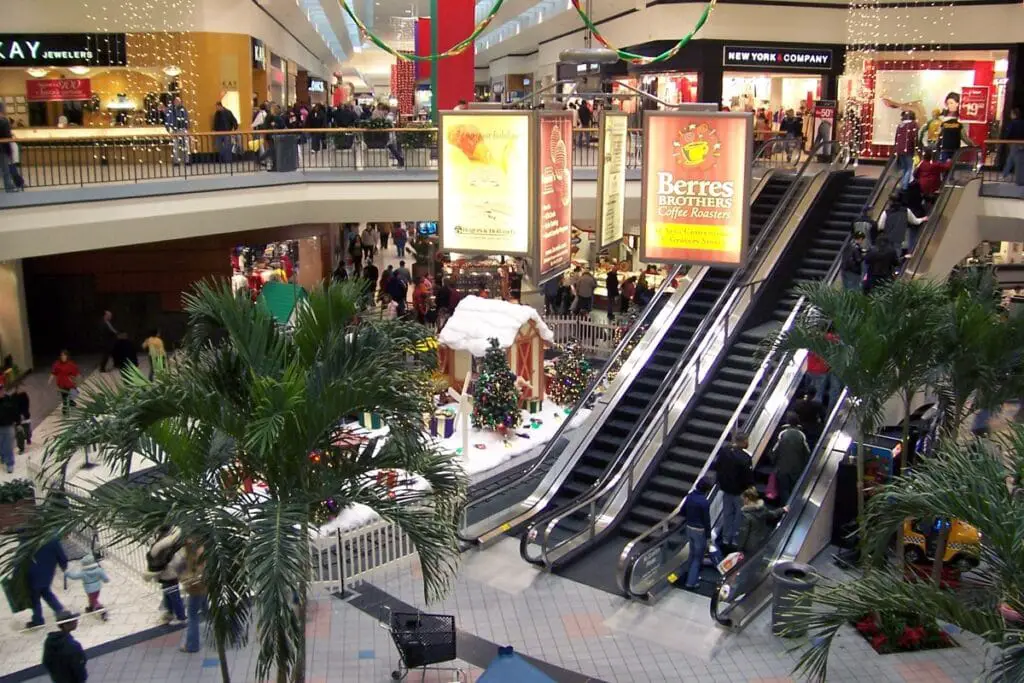
The Decline of Anchor Stores
Sears, an original tenant since 1970, closed its doors in 2017, marking the end of an era. Boston Store and Kohl's followed in 2018, dealing another blow to the mall's traditional retail model.
The loss of these three department stores left large, empty spaces and signaled the challenges that many regional malls were facing across the United States.
Despite these setbacks, Southridge sought to adapt. In 2018, Dick's Sporting Goods, TJ Maxx, and Round 1 Entertainment opened in the spaces previously occupied by Sears, offering a mix of retail and entertainment.
These additions were part of a growing trend where malls diversified their offerings, moving away from just shopping to include more experiential options. Still, the closures of Old Navy and DSW in 2023 added to the mall's list of empty storefronts, showing that the struggles weren't over yet.
A Vision for Revitalization
As traditional retail continued to struggle, Southridge Mall's future started to focus more on redevelopment rather than strictly retail.
In 2023, Barrett Lo Visionary Development unveiled an ambitious plan to transform the mall and its surrounding area into a mixed-use community.
The idea was to shift from a traditional shopping mall model to a "live, work, play" destination - a trend seen in many urban and suburban redevelopment projects across the country.
The proposed project includes a range of new amenities and features. These include a village green and an outdoor plaza that will host events and connect the new residential areas to the mall itself.
Alongside this, plans are for over 650 luxury apartments, bringing a new residential component to the site. To appeal to a wider audience, the development will also include a fitness center, dog spa, co-working spaces, and even a golf simulator.
This effort is part of a larger strategy to modernize the area, making it more attractive to both shoppers and potential residents.
The Village of Greendale, where Southridge is located, played a key role in pushing these plans forward. By removing some long-standing development restrictions in 2023, the local government made it easier for the mall to pivot toward this mixed-use concept.
With these changes, Southridge is positioning itself not only as a place to shop but as a community hub that offers a variety of activities and housing options for the people of Greenfield and beyond.
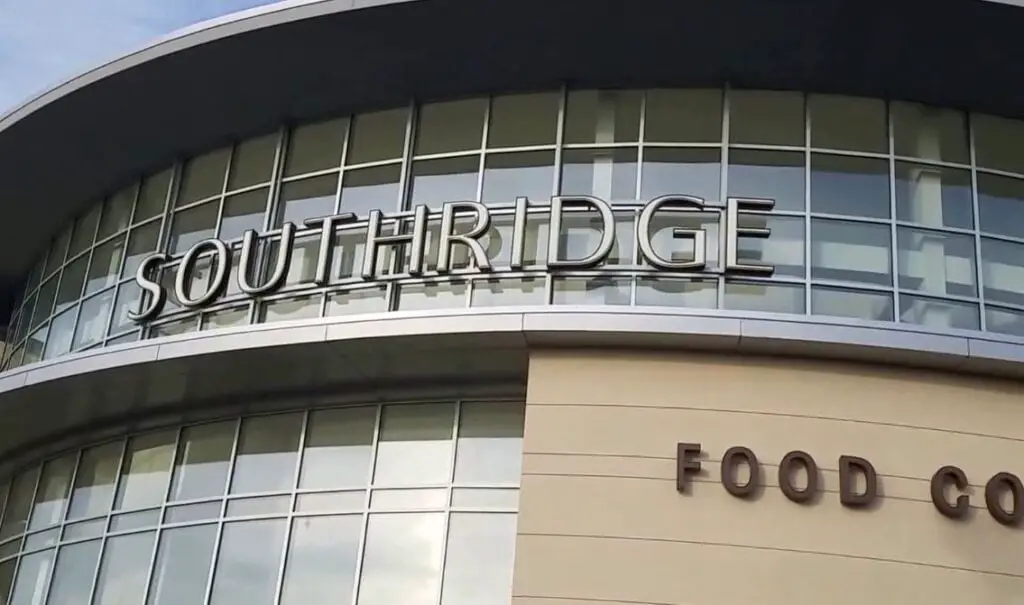
Southridge Mall in 2024
As of 2024, Southridge Mall still houses a few retail stalwarts. JCPenney, one of the original anchor stores, remains in operation, offering clothing, home goods, and more.
Macy's, which moved into the mall in 2012, also continues to be a major tenant, while Dick's Sporting Goods and Round 1 Entertainment provide a mix of retail and experiences for visitors.
TJ Maxx, which opened in 2020, adds to the mall's roster of retailers, offering discounted clothing and home goods.
Southridge Mall has been threatened with foreclosure since 2021. A legal update in 2023 extended the deadline for selling the mall to December 2024.
If the mall is not sold by this date, Wells Fargo Bank, the trustee in charge, has the option to take possession of the property or initiate a sheriff's sale.
Southridge Limited Partnership owns Southridge Mall, but key tenants like Macy's, JCPenney, and the former Sears and Boston Store are owned by separate entities. This fragmented ownership structure complicates potential redevelopment plans and any attempts to sell the entire property.

